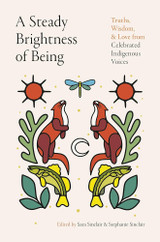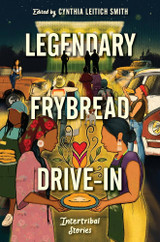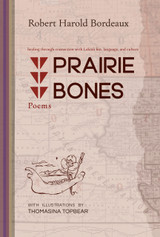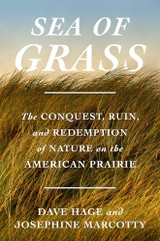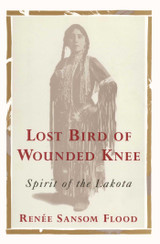Blending Cultures: A Journey of Identity in Lakota Country
$34.95
In Blending Cultures: A Journey of Identity in Lakota Country, three non-Native men bind themselves to the Lakota culture through marriage. This authentic family saga is rich in historical detail, offering a profound human perspective on...






